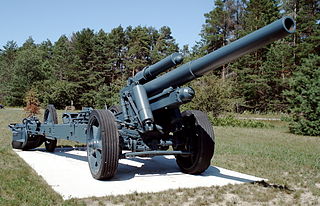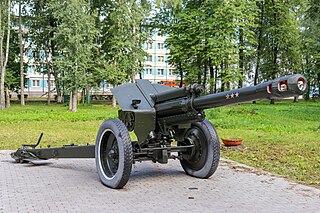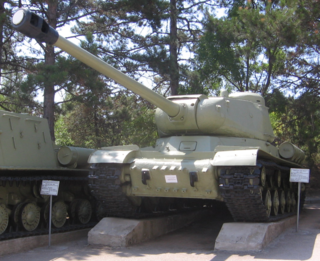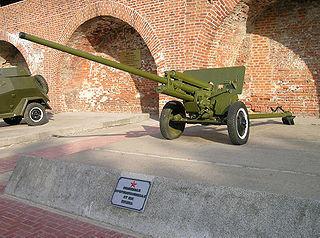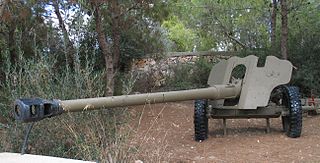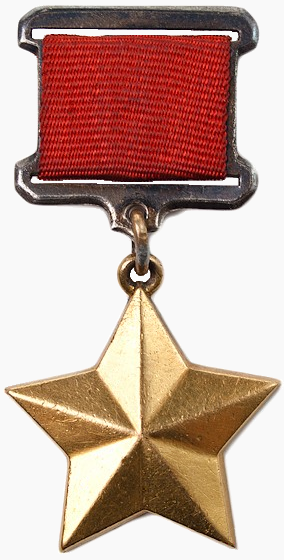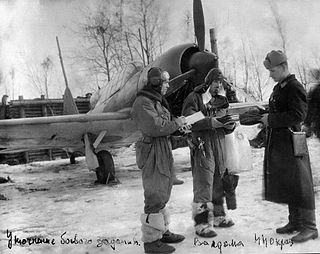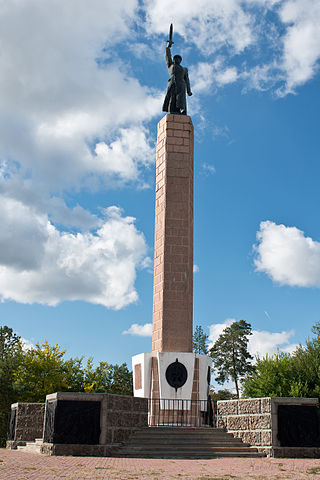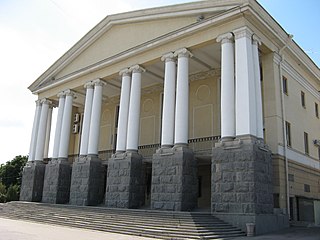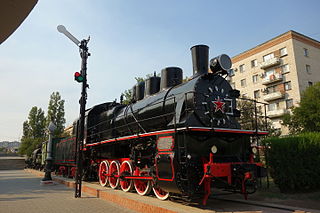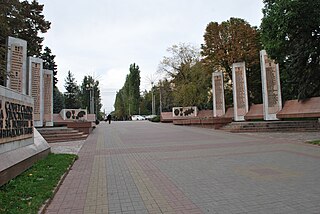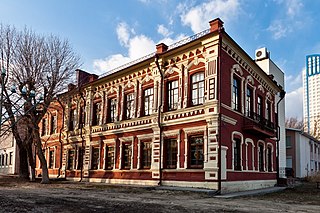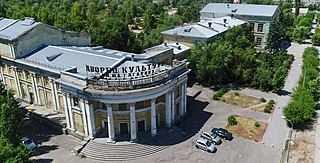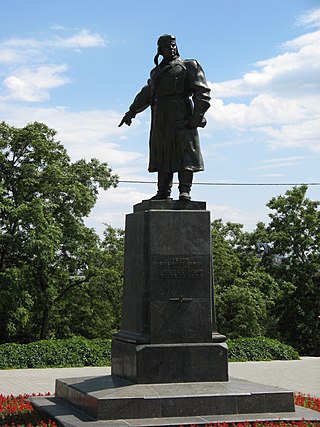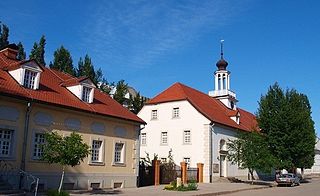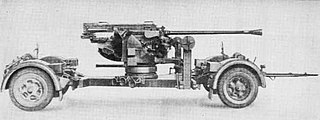34 Sights in Volgograd, Russia (with Map and Images)
Legend
Welcome to your journey through the most beautiful sights in Volgograd, Russia! Whether you want to discover the city's historical treasures or experience its modern highlights, you'll find everything your heart desires here. Be inspired by our selection and plan your unforgettable adventure in Volgograd. Dive into the diversity of this fascinating city and discover everything it has to offer.
Sightseeing Tours in Volgograd1. Т-34
The T-34 is a Soviet medium tank from World War II. When introduced, its 76.2 mm (3 in) tank gun was more powerful than many of its contemporaries, and its 60-degree sloped armour provided good protection against anti-tank weapons. The T-34 had a profound effect on the conflict on the Eastern Front, and had a long-lasting impact on tank design. The tank was praised by multiple German generals when encountered during Operation Barbarossa, although its armour and armament were surpassed later in the war. Its main strength was its cost and production time, meaning that German panzer forces would often fight against Soviet tank forces several times their own size. The T-34 was also a critical part of the mechanized divisions that formed the backbone of the deep battle strategy.
2. Т-72
The T-72 is a family of Soviet main battle tanks that entered production in 1973. The T-72 was a development based on the T-64 using thought and design of the previous Object 167M. About 25,000 T-72 tanks have been built, and refurbishment has enabled many to remain in service for decades. It has been widely exported and has seen service in 40 countries and in numerous conflicts. The Russian T-90 introduced in 1992 and the Chinese Type 99 are further developments of the T-72. Production and development of various modernized T-72 models continues today. Currently holds the record for the most MBT's lost in combat.
3. Г. К. Жукову
Georgy Konstantinovich Zhukov was Marshal of the Soviet Union from 1943 to 1957. He also served as Chief of the General Staff, Minister of Defence, and was a member of the Presidium of the Communist Party. During World War II, Zhukov oversaw some of the Red Army's most decisive victories, after which he was appointed the military governor of the Soviet occupation zone in Germany.
4. Легкий танк Т-26
The T-26 tank was a Soviet light tank used during many conflicts of the Interwar period and in World War II. It was a development of the British Vickers 6-Ton tank and was one of the most successful tank designs of the 1930s until its light armour became vulnerable to newer anti-tank guns. It was produced in greater numbers than any other tank of the period, with more than 11,000 units manufactured giving it the title of the most produced tank during the interwar period. During the 1930s, the USSR developed 53 variants of the T-26, including flame-throwing tanks, combat engineer vehicles, remotely controlled tanks, self-propelled guns, artillery tractors, and armoured carriers. Twenty-three of these were series-produced, others were experimental models.
5. ИСУ-152
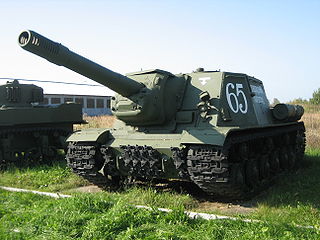
The ISU-152 is a Soviet self-propelled gun developed and used during World War II. It was unofficially nicknamed Zveroboy in response to several large German tanks and guns coming into service, including Tigers and Panthers. Since the ISU-152's gun was mounted in a casemate, aiming it was awkward, and had to be done by repositioning the entire vehicle using the tracks. Therefore, it was used as mobile artillery to support more mobile infantry and armor attacks. It continued service into the 1970s and was used in several campaigns and countries.
6. The Motherland Calls
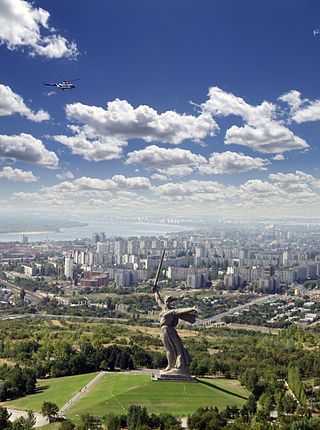
The Motherland Calls is a colossal neoclassicist and socialist realist war memorial sculpture on Mamayev Kurgan in Volgograd, Russia. Designed primarily by sculptor Yevgeny Vuchetich with assistance from architect Yakov Belopolsky, the concrete sculpture commemorates the casualties of the Battle of Stalingrad, and is the predominant component of a monument complex, which includes several plazas and other sculptural works. Standing 85 metres (279 ft) tall from the base of its pedestal to its peak, the statue was the tallest in the world upon its completion in 1967, and is the tallest statue in Europe if excluding the pedestal. The statue, along with the rest of the complex, was dedicated on 15 October 1967, and has been listed as a tentative candidate for UNESCO's list of World Heritage Sites since 2014.
7. Як-3
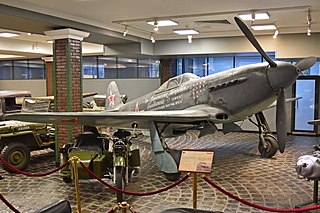
The Yakovlev Yak-3 is a single-engine, single-seat World War II Soviet fighter. Robust and easy to maintain, it was much liked by both pilots and ground crew. One of the smallest and lightest combat fighters fielded by any combatant during the war, its high power-to-weight ratio gave it excellent performance and it proved to be a formidable dogfighter.
8. 76-мм дивизионная пушка образца 1942 года (ЗИС-3)
The 76-mm divisional gun M1942 (ZiS-3) was a Soviet 76.2 mm divisional field gun used during World War II. ZiS was a factory designation and stood for Zavod imeni Stalina, the honorific title of Artillery Factory No. 92, which first constructed this gun.
9. 122-мм гаубица образца 1938 года (М-30)
The 122 mm howitzer M1938 (M-30) is a Soviet 121.92 mm (4.8 inch) howitzer. The weapon was developed by the design bureau of Motovilikha Plants, headed by F. F. Petrov, in the late 1930s, and was in production from 1939 to 1955. The M-30 saw action in World War II, mainly as a divisional artillery piece of the Red Army (RKKA). Captured guns were also employed later in the conflict by the German Wehrmacht and the Finnish Army. Post World War II the M-30 saw combat in numerous conflicts of the mid- to late twentieth century in service of other countries' armies, notably in the Middle East.
10. Mamayev Kurgan
Mamayev Kurgan is a dominant height overlooking the city of Volgograd in Southern Russia. The name in Russian means "tumulus of Mamai". The formation is dominated by a memorial complex commemorating the Battle of Stalingrad. The battle, a hard-fought Soviet victory over Axis forces on the Eastern Front of World War II, turned into one of the bloodiest battles in human history. At the time of its installation in 1967 the statue, named The Motherland Calls, formed the largest free-standing sculpture in the world.
11. Легкий бронеавтомобиль БА-64
The BA-64 was a Soviet four-wheeled armoured scout car. Built on the chassis of a GAZ-64 or GAZ-67 jeep, it incorporated a hull loosely modeled after that of the Sd.Kfz. 221. The BA-64 was developed between July and November 1941 to replace the BA-20 then in service with armoured car units of the Red Army. Cheap and exceptionally reliable, it would later become the most common Soviet wheeled armoured fighting vehicle to enter service during World War II, with over 9,000 being manufactured before production ended.
12. ИС-3
The IS-3 is a Soviet heavy tank developed in late 1944. Its semi-hemispherical cast turret became the hallmark of post-war Soviet tanks. Its pike nose design would also be mirrored by other tanks of the IS tank family such as the IS-7 and T-10. Produced too late to see combat in World War II, the IS-3 participated in the Berlin Victory Parade of 1945, the Soviet invasion of Hungary, the Six-Day War, Yom Kippur War, and one was used during the early stages of the Russo-Ukrainian War.
13. 152-мм гаубица-пушка образца 1937 года (МЛ-20)
The 152 mm howitzer-gun M1937 (ML-20), is a Soviet heavy gun-howitzer. The gun was developed by the design bureau of the plant no 172, headed by F. F. Petrov, as a deep upgrade of the 152-mm gun M1910/34, in turn based on the 152-mm siege gun M1910, a pre-World War I design by Schneider. It was in production from 1937 to 1946. The ML-20 saw action in World War II, mainly as a corps / army level artillery piece of the Soviet Army. Captured guns were employed by Wehrmacht and the Finnish Army. Post World War II, the ML-20 saw combat in numerous conflicts during the mid to late twentieth century.
14. 150-мм тяжелая полевая пушка 15 cm sFH 18
The 15 cm schwere Feldhaubitze 18 or sFH 18, nicknamed Immergrün ("Evergreen"), was the basic German division-level heavy howitzer of 149mm during the Second World War, serving alongside the smaller but more numerous 10.5 cm leFH 18. Its mobility and firing range and the effectiveness of its 44 kilogram shell made it the most important weapon of all German infantry divisions. A total of 6,756 examples were produced.
15. Легкий полугусеничный бронетранспортёр Sd. Kfz. 250/1
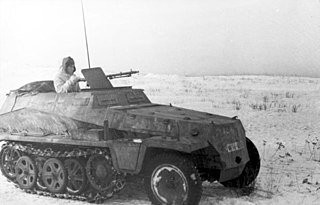
The Sd.Kfz. 250 was a light armoured half-track, very similar in appearance to the larger Hanomag-designed Sd.Kfz. 251, and built by the DEMAG firm, for use by Nazi Germany in World War II. Most variants were open-topped and had a single access door in the rear.
16. 152-мм гаубица образца 1943 года (Д-1)
The D-1 howitzer M1943 is a Soviet World War II-era 152.4 mm howitzer. The gun was developed by the design bureau headed by F. F. Petrov in 1942 and 1943, based on the carriage of the 122 mm howitzer M1938 (M-30) and using the barrel of the 152 mm howitzer M1938 (M-10). The powerful and mobile D-1, with its wide range of ammunition, significantly increased the firepower and breakthrough abilities of Red Army tank and motor rifle formations. Several hundred D-1s were manufactured before the end of World War II.
17. ИС-2
The IS-2 is a Soviet heavy tank, the second of the IS tank series named after the Soviet leader Joseph Stalin. It was developed and saw combat during World War II and saw service in other Soviet allied countries after the war.
18. Легкий танк Т-60
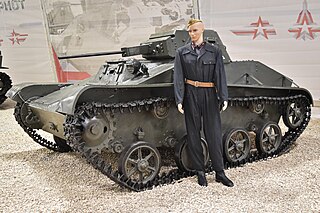
The T-60 scout tank was a light tank produced by the Soviet Union from 1941 to 1942. During this period, 6,292 units were built. The tank was designed to replace the obsolete T-38 amphibious scout tank and saw action during World War II.
19. 57-мм противотанковая пушка образца 1941 года (ЗИС-2)
The ZiS-2 is a Soviet 57 mm anti-tank gun used during World War II. The ZiS-4 is a version of the gun that was meant to be installed in tanks. ZiS stands for Zavod imeni Stalina, the official title of Artillery Factory No. 92, which produced the gun first.
20. 85-мм дивизионная пушка Д-44
The 85-mm divisional gun D-44 was a Soviet divisional 85-mm calibre field artillery gun used in the last action of World War II. It was designed as the replacement for the 76 mm divisional gun M1942 (ZiS-3). The gun was no longer in front-line service with the Russian Ground Forces, until being pressed back into service in the Russo-Ukrainian War in 2023. Wartime service included use by communist forces during the Vietnam War and by Arab forces during their conflicts with Israel.
21. Медаль Золотая звезда
The title Hero of the Soviet Union was the highest distinction in the Soviet Union, awarded together with the Order of Lenin personally or collectively for heroic feats in service to the Soviet state and society. The title was awarded both to civilian and military persons.
22. Су-2
The Sukhoi Su-2 is a Soviet reconnaissance and light bomber aircraft used in the early stages of World War II. It was the first airplane designed by Pavel Sukhoi. The basic design received an engine and armament upgrade (Su-4) and was modified for the ground-attack role (ShB).
23. Ствол 203-мм гаубицы
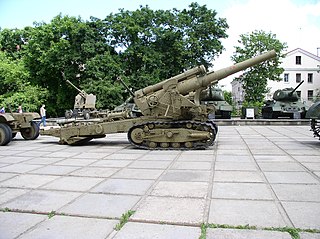
203 mm howitzer M1931 (B-4) was a 203 mm (8 inch) Soviet high-power heavy howitzer. During the Second World War, it was under the command of the Stavka's strategic reserve. It was nicknamed "Stalin's sledgehammer" by German soldiers. These guns were used with success against Finnish pillboxes at the Mannerheim Line, heavy German fortifications and in urban combat for destroying protected buildings and bunkers. These guns were used until the end of the war in the Battle of Berlin, during which the Red Army used them to smash German fortifications at point blank range with their heavy 203mm shells. In the spring of 1944, a KV-1S tank chassis was used to create a self-propelled variant, the S-51. The heavy recoil from the muzzle blast threw the crew off their seats and damaged the transmission, and so it was cancelled.
24. Памятник Чекистам
The Monument to the Soldiers of the 10th Division of the NKVD Troops and the Militiamen of Stalingrad - the defenders of the city in 1942-1943 or the Monument to the Chekists is a memorial in Volgograd, located on the right bank of the Tsaritsa River, near the Astrakhan Bridge, connecting the Central and Voroshilovsky districts of the city. Around the monument there is a square of Chekists with a small park area. Nearby is the metro tram station of the same name and public transport stops. It is a warrior figure with a drawn sword held high in his hand, located on a pedestal.
25. Волгоградский музыкальный театр
Volgograd Musical Theater is the oldest musical theater on the Volga, the successor of the 2nd State Stalingrad Working Theater, the Stalingrad Regional Theater of Musical Comedy and the Volgograd Regional Theater of Musical Comedy;
26. Воинский эшелон
“Military Echelon” is a military train led by a steam locomotive Er, installed as a monument in Volgograd by the Panorama Museum “Battle of Stalingrad”. The memorial complex was built in June 2009 and was dedicated to railway workers and military builders who ensured the uninterrupted supply of the Stalingrad Front by military cargo during the Battle of Stalingrad.
27. Волгоградский областной краеведческий музей
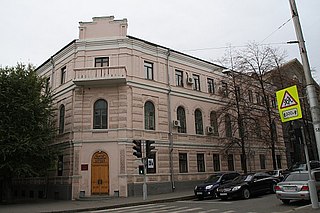
The Volgograd Regional Kraevda Museum was founded on November 2 (15), 1914 as the Tsaritsynsky City Museum under the Society for the Promotion of the Extracurricular Education of G. Tsaritsyn on the basis of the city school museum at the 12th school named after Ivanova. The museum fund is 143,000 storage units.
Wikipedia: Волгоградский областной краеведческий музей (RU), Website
28. Аллея Героев
Heroes Alley is a boulevard in the center of the hero city of Volgograd. It connects the embankment named after the 62nd Army and the Square of the Fallen Fighters, crossing Lenin Avenue, Sovetskaya and Chuikova streets.
29. Храм Иоанна Предтечи
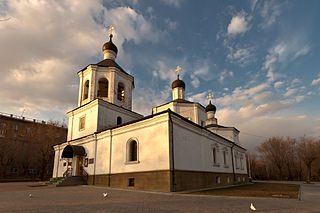
The Church of the Holy Prophet John the Baptist is the first church in the city of Tsaritsyn. On July 2, 1589, the construction of the Tsaritsyn fortress by the Cossacks began with the construction of a wooden church in the name of St. John the Baptist.
30. Школа-синагога
The Volgograd Synagogue, also known as the Beit David Synagogue in Volgograd, is an historic Jewish congregation and synagogue, located at 2 Balahinskaia Street, in the Voroshilovskiy District of the city of Volgograd, Russia. Completed in 1888 in the city then called Tsaritsyn, the synagogue was destroyed during the Battle of Stalingrad after the invasion of German forces, and rebuilt after World War II.
31. Парк им. Ю.А. Гагарина
Gagarin Park is a park of culture and recreation in the Krasnooktyabrsky district of the city of Volgograd. It is one of the oldest parks in the city. In its best years, it was included in the list of 300 parks in Russia with a unique green fund. The park, together with the House of Culture, is part of the Gagarin Culture and Recreation Complex.
32. Памятник Хользунову
The Monument to Kholzunov is a sculpture of the Hero of the Soviet Union Viktor Stepanovich Kholzunov, installed on the central embankment of the city of Volgograd. It is a cultural heritage site of federal significance and one of the few surviving pre-war monuments in the city.
33. Музей Старая Сарепта
The Historical, Ethnographic and Architectural Museum-Reserve "Old Sarepta" is a large cultural, tourist, research and methodological center of Volgograd. The exhibition complex of "Old Sarepta" occupies an area of 7.1 hectares, includes 27 buildings, of which 23 are federal monuments of the XVIII - XIX centuries, permanent historical and ethnographic exhibitions, changing exhibitions of artists, photographers, masters of decorative and applied art.
Wikipedia: Историко-этнографический и архитектурный музей-заповедник «Старая Сарепта» (RU), Website
34. 50-мм противотанковая пушка 5 cm FlaK 41
The 5 cm Flak 41 (Flugabwehrkanone 41) was a German 50 mm (2.0 in) anti-aircraft gun produced for defending the intermediate zone above the range of light guns, but below the ceiling of the heavy pieces. The gun proved inadequate and was produced only in small numbers.
Share
How likely are you to recommend us?
Disclaimer Please be aware of your surroundings and do not enter private property. We are not liable for any damages that occur during the tours.
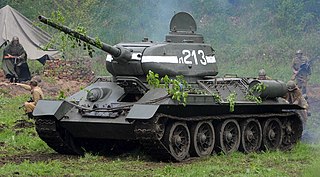
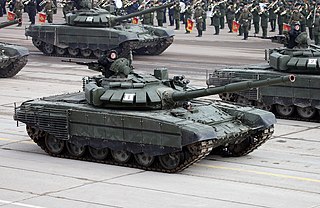
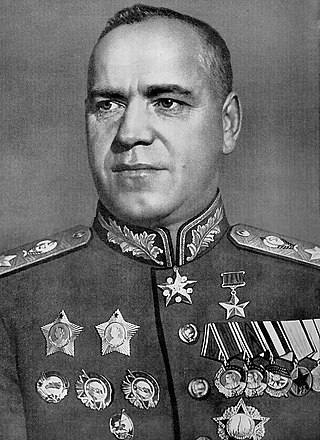
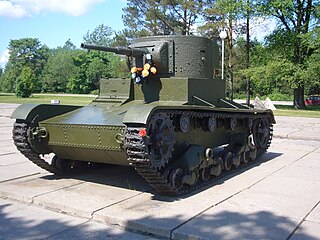
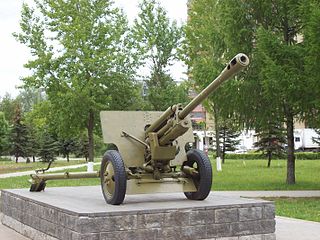
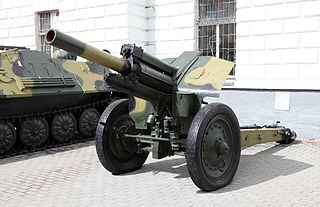
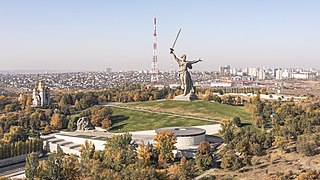
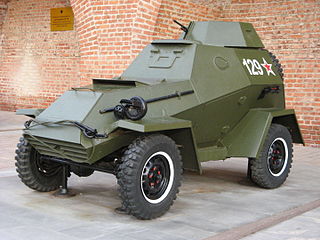
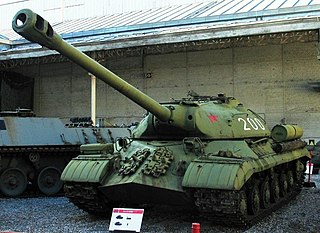
.jpg)
